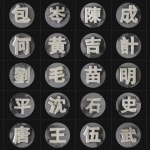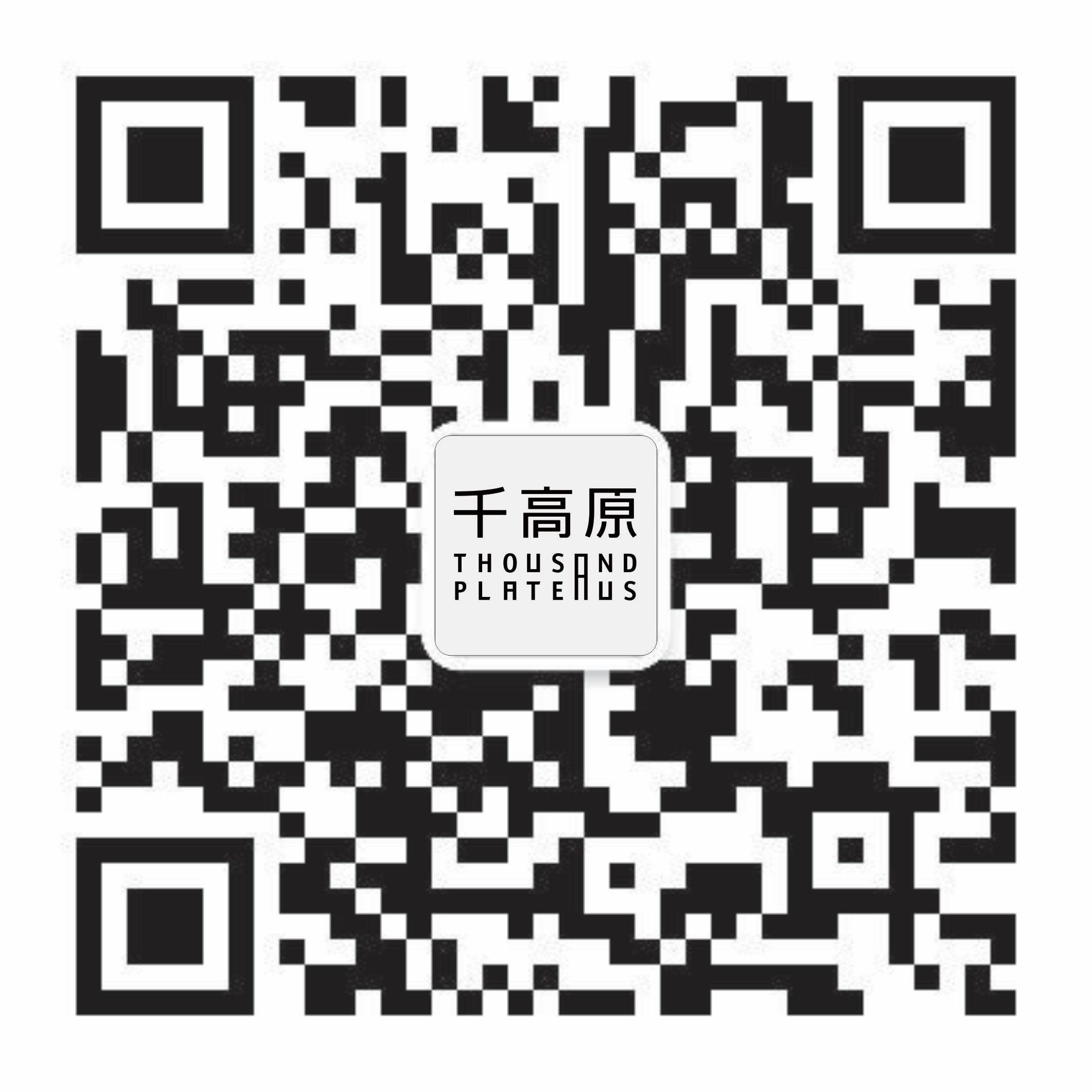 Surname-Li (Lee) No.1
Surname-Li (Lee) No.1
 Surname-Li (Lee) No.2
Surname-Li (Lee) No.2
 Surname-Li (Lee) No.3
Surname-Li (Lee) No.3
 Surname-Chen (Chan) No.1
Surname-Chen (Chan) No.1
 Surname-Chen (Chan) No.2
Surname-Chen (Chan) No.2
 Surname-Chen (Chan) No.3
Surname-Chen (Chan) No.3
 Surname-Jin (Kim) No.1
Surname-Jin (Kim) No.1
 Surname-Jin (Kim) No.2
Surname-Jin (Kim) No.2
 Surname-Jin (Kim) No.3
Surname-Jin (Kim) No.3
 Surname-Zhang (Chang) No.1
Surname-Zhang (Chang) No.1
 Surname-Zhang (Chang) No.2
Surname-Zhang (Chang) No.2
 Surname-Zhang (Chang) No.3
Surname-Zhang (Chang) No.3
 Chen Qiulin, Tofu February 14th, Installation, 2004
Chen Qiulin, Tofu February 14th, Installation, 2004
 Chen Qiulin, Tofu February 14th, Installation, 2004
Chen Qiulin, Tofu February 14th, Installation, 2004
 Chen Qiulin, Tofu February 14th, Installation, 2004
Chen Qiulin, Tofu February 14th, Installation, 2004
 Chen Qiulin, Tofu February 14th, Installation, 2004
Chen Qiulin, Tofu February 14th, Installation, 2004
 Chen Qiulin, Tofu February 14th, Installation, 2004
Chen Qiulin, Tofu February 14th, Installation, 2004
 Chen Qiulin, Tofu February 14th, Installation, 2004
Chen Qiulin, Tofu February 14th, Installation, 2004
陈秋林 Chen Qiulin China, b. 1975
Further images
-
(View a larger image of thumbnail 1
)

-
(View a larger image of thumbnail 2
)

-
(View a larger image of thumbnail 3
)

-
(View a larger image of thumbnail 4
)

-
(View a larger image of thumbnail 5
)

-
(View a larger image of thumbnail 6
)

-
(View a larger image of thumbnail 7
)

-
(View a larger image of thumbnail 8
)

-
(View a larger image of thumbnail 9
)

-
(View a larger image of thumbnail 10
)

-
(View a larger image of thumbnail 11
)

-
(View a larger image of thumbnail 12
)

-
(View a larger image of thumbnail 13
)

-
(View a larger image of thumbnail 14
)

-
(View a larger image of thumbnail 15
)

-
(View a larger image of thumbnail 16
)

-
(View a larger image of thumbnail 17
)

-
(View a larger image of thumbnail 18
)

-
(View a larger image of thumbnail 19
)

Chen Qiulin is an artist who is unused to use the same materials in all the works. In many of her works, she always chooses different materials, some of which seem even strange, such as wastepaper, Tofu, etc. Since 2003, she used Tofu to create a series of works, all of them were weak, easy to be out of shape and go bad, and even cause the audiences upset.
Tofu, with a history of over 2,000 years, is an important part in Chinese cooking culture. It is a magical process that soybeans change into Tofu in an ambiguous taste. Similarly, as an important element of individual identity., family name is also an essential element in Chinese culture and linking individual to the family, race and nation. Chinese summarize numerous ancient family names as “The Hundred Surnames”. The artist, referring to calligraphic fonts, creates 100 Chinese family names made of Tofu, hence making the two ancient civilization’s elements compatible in the most simplified way. As an echo of culture and tradition, Tofu will suffer from the smell, seeping and sluggish decomposition in the exhibition.
陈秋林不是一个习惯使用固定材料完成作品的艺术家,在许多作品中,她常常选用不同的看似奇怪的材料,如废纸、豆腐等。从2003年开始,陈秋林用豆腐创作了一批较脆弱、易变形、易变质,甚至会造成观者不安感受的作品。
豆腐,作为已经具有两千多年历史的食物,是中国饮食文明中重要的一部分。将大豆做成寓意不明的豆腐是一个神奇的过程。同样,姓氏在中华文明的历史长河中也起着关键作用,是维系个人与家庭、种族、国家之间的血缘与感情纽带,是个体身份认同的重要因素。中国人将众多古老的姓氏概括为“百家姓”艺术家陈秋林借鉴中国传统书法字体,用豆腐制作了一百个中国人的姓氏,将这两个中国文明中古老的部分用一种最为简练的形式巧妙的整合到一起。展览过程中,豆腐会散发气味、渗透出水份、慢慢变质,就像我们的文化和传统。
Exhibitions
Solo Exhibitions
2016
Chen Qiulin: One Hundred Surnames, Shepparton Art Museum, Shepparton, Australia
Chen Qiulin: One Hundred Surnames, 4A Centre for Contemporary Asian Art, Sydney, Australia
Group Exhibitions
2021
The Realm of Existence: An Exhibition of Chinese Contemporary Art, Tsinghua University Art Museum, Beijng, China
2018
Replace with Fine Art, Art Academy of Cincinnati, Cincinnati, USA
个展
2016
陈秋林:百家姓,谢珀顿美术馆,谢珀顿,澳大利亚
陈秋林:百家姓,4A亚洲当代艺术中心,悉尼,澳大利亚
群展
2021
存在之境:当代艺术展,清华大学艺术博物馆,北京
2018
Replace with Fine Art,辛辛那提艺术学院,辛辛那提,美国
Publications
2022
Lu Mingjun, Violence, Dysfunctional Voices and Love, in “Art China”, vol. 21, no. 3, 2022. Print. p. 29.
2019
Yang Jing, A Metaphor for Identities in Transition through Urbanization and Globalization: Tofu and One Hundred Surnames, in “Tahiti”, vol. 9, No. 1, 2019. Print. pp. 5-20. Online: https://tahiti.journal.fi/article/view/79909.
2016
Lisa Catt, Chen Qiulin: One Hundred Names, in “Yishu”, vol. 15, no. 3, 2016. Print. pp. 50-57.
Jacqui Durrant, Signifiers of Lost Times: Chen Qiulin at SAM, in “Art Monthly Australasia”, no. 291, 2016. pp. 52-53.
2015
Jiang Jiehong, An Era Without Memories: Chinese Contemporary Photography on Urban Transformation, Thames & Hudson, 1 edition, April 28, 2015. Print. pp. 168-169.
Yu Hsiao Hwei, Chen Qiulin, in “Le Quotidien Del’Art’, vol. 3, 2015. Print. p. 8.
2014
Wu Wei, The Path to Change, in “Art China”, no. 3, 2014. Print. p. 97.
2010
International Artists Workshop Project 2009 Chongqing Organhaus, Organhaus, Print. 2010. Print. p. 50.
2009
Micheal Cor et al., Ma·China, Exhibition Catalogue, University of Alberta, 2009-2010. Print. p. 39.
2008
Christoph Noe, Xenia Piech and Cordelia Steiner, Young Chinese Artists: The Next Generation, Exhibition Catalogue, Prestel USA, 2008. Print. pp. 68-69.
2007
Gao Minglu, Wang Lin, Jiang Rongchang and Zhai Yongming, Echoes, Chengdu New Visual Art Documentary Exhibition 1989-2007, Exhibition Catalogue, Sichuan Fine Arts Publishing House, 2007. Print. pp. 32-33.
Ni Kun et al, Guiyang Art Biennale Exhibit 3th.2007: Word of Mouth From Four Corners, Exhibition Catalogue, Guiyang Art Museum, 2007. Print.
2022
鲁明军. 暴力、失调的声响与爱:陈秋林的艺术实践[J]. 艺术当代,2022,21(3):29.
2019
Yang Jing, A Metaphor for Identities in Transition through Urbanization and Globalization: Tofu and One Hundred Surnames[J]. Tahiti, 2010, 9(1):5-20. https://tahiti.journal.fi/article/view/79909.
2016
Lisa Catt. Chen Qiulin: One Hundred Names[J]. Yishu, 2016,15(3):50-57.
Jacqui Durrant. Signifiers of Lost Times: Chen Qiulin at SAM[J]. Art Monthly Australasia, 2016, 291:52-53.
2015
姜节泓. 没有记忆的时代:城市变迁中的当代摄影[M],伦敦:Thames & Hudson出版社,2015:168-169.
余小蕙,陳秋林[J]. Le Quotidien del’Art, 2015, 3:8.
2014
吴蔚. 改变之路[J]. 艺术当代,2014,3:97.
2010
重庆国际艺术家Workshop计划2009[M]. 重庆:器·HAUS空间,2010:50.
2009
Micheal Cor等. Ma·China//Ma·China[M],展览图录,阿尔伯塔:阿尔伯塔大学出版,2009-2010:39.
2008
Noe C, Piech X, Steiner C. Young Chinese Artists: The Next Generation[M], 纽约:Prestel Verlag, 2008:68-69.
2007
高名潞,王林,蒋荣昌,翟永明. 回响:成都新视觉艺术文献展1989-2007[M],展览图录,成都:四川美术出版社,2007:32-33.
倪昆等. 第三届贵阳艺术双年展:口传与耳闻的四方[M],展览图录,贵阳:贵阳美术馆,2007

